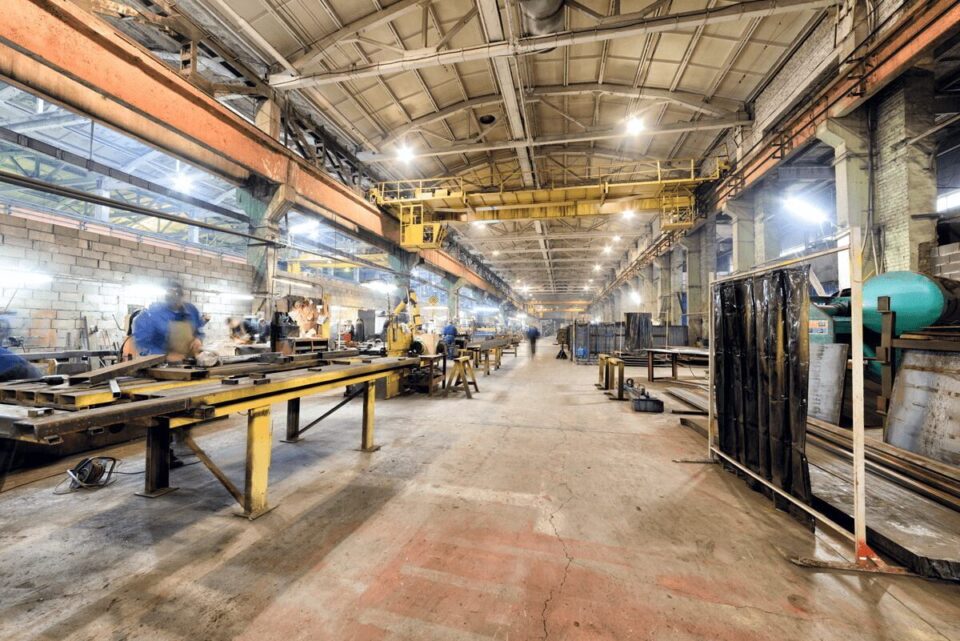Often, one of your biggest workplace enemies is the one you can’t see. Australia is well regarded as a country that has a modern and safe industrial workplace, but it has one very insidious enemy – airborne contaminants. This is a serious problem that costs the Australian workplace $708m a year (Based on Australian Institute of Health and Welfare (AIHW) data).
But let’s put the monetary aspect aside and contemplate the deepest nature of the problem; i.e., the sickness and permanent damage that afflicts each and every individual that is exposed to airborne contaminants. The roll call of diseases is long, but contaminated workplace air readily causes:
- Respiratory diseases
- Cardiovascular diseases
- Cancers
- Death
And it doesn’t just happen through breathing alone. Exposure methods include skin absorption or ingestion that can lead to death, disease and illness, poisoning symptoms, irritation or sensitisation. But how can you properly assess your own situation? At Fanquip, we are asked this question a lot, and this is why we operate as consultants in this field.
With genuine, longstanding knowledge in the science of air movement and its associated engineering, as a specialised consultant, we look from outside the fishbowl and use our expertise and judgement to work out an air monitoring strategy and advise how many workers, and in what areas, will be surveyed and over what period of time, in order to recommend not just the most effective solution, but also the most cost effective.
In 2018, Safe Work Australia (SWA) released a consultation paper called “Workplace exposure standards framework under the model work health and safety laws” which revealed that “The AIHW estimated that in 2013, 1.9 per cent of the total burden of illness, disease and death in Australia was attributable to workplace exposures and hazards…” So, if you have a fabrication plant with about 100 employees, it is possible two individuals may be afflicted.
Safe Work Australia also stated that one of three preferred solutions is to use local exhaust ventilation to take out airborne contaminants before they can be inhaled. PPE can only take you so far; remember, hazardous airborne particles can be very difficult to spot, so it can sometimes be too late when the actual exposure has been noticed.
This is where specialised skills such as those at Fanquip step up. We are abreast of the length and breadth of your specific challenges. The SWA says airborne contaminants that can be inhaled directly can be classified on the basis of their physical properties either as gases, vapours or particulate matter.
It goes further to say these airborne particulates consist of discrete particles and may be further characterised as dusts, fumes, smokes or mists, depending on the nature of the particle and its size.
There are too many factors affecting risk to mention all here. Our simple message is to encourage business owners and managers such as yourself to recognise the challenges and consult independent experts to properly identify problems and deal with them accordingly.
Remember, it is not as simple as looking into the air and spotting the dangers. Some dangers aren’t easily seen; in worst case scenarios, the combined effect of exposure to multiple substances, either simultaneously or sequentially, can further increase the risk to health and safety.
Please contact us at Fanquip for a customised ventilation solution to your airborne contaminant concerns:
